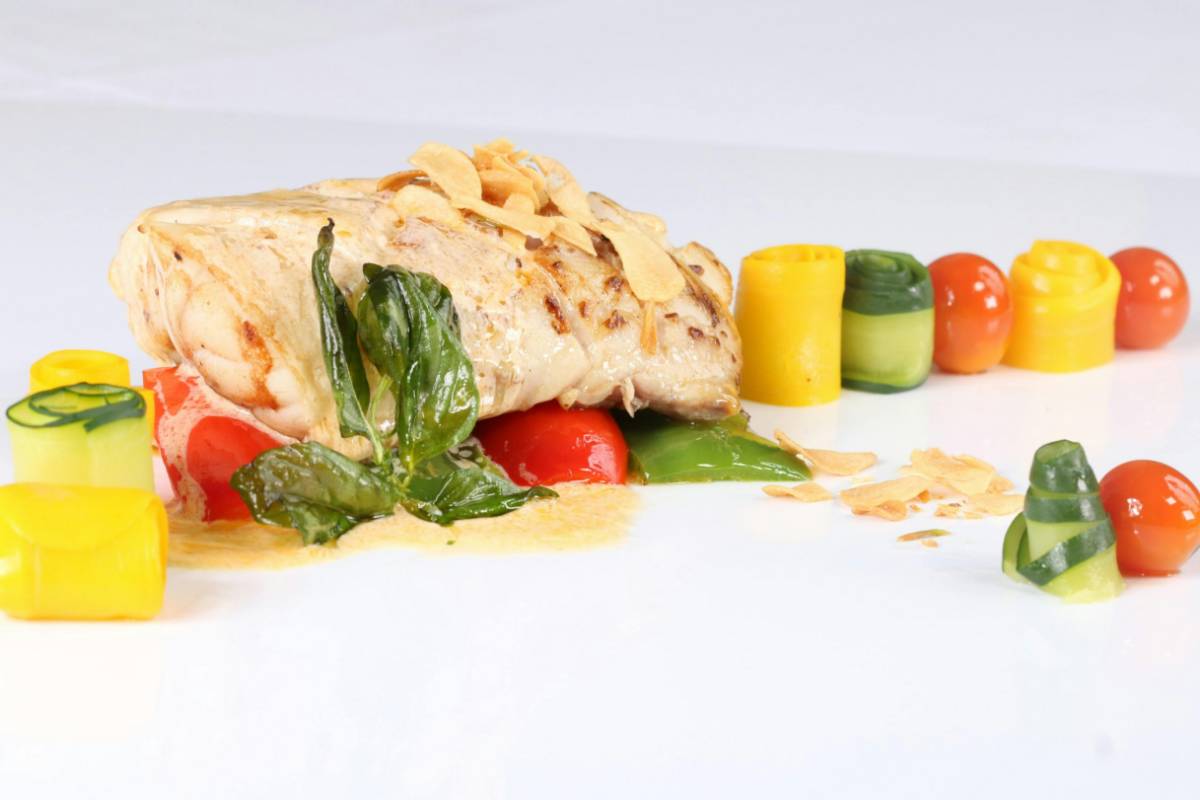Course Title: Sushi Mastery: Learn How to Cook Authentic Sushi at Home
Course Description:
This course will guide you through the art of making authentic sushi from scratch. Whether you're a beginner or have some experience in the kitchen, you'll learn essential skills, including selecting the freshest ingredients, mastering sushi rice, and creating a variety of sushi rolls and nigiri. By the end of this course, you'll be able to impress your friends and family with your own sushi creations.
Course Outline:
Module 1: Introduction to Sushi
- Overview of Sushi: History and Types
- Essential Tools and Ingredients
- Kitchen Setup for Sushi Making
Module 2: Mastering Sushi Rice
- Selecting the Right Rice
- Washing and Cooking Sushi Rice
- Seasoning Rice with Vinegar, Sugar, and Salt
- Storing and Handling Sushi Rice
Module 3: Preparing Sushi Ingredients
- Choosing Fresh Fish and Seafood
- Cutting Techniques for Fish (Sashimi Cuts)
- Preparing Vegetables and Other Fillings
- Making Tamago (Japanese Omelette) for Sushi
Module 4: Basic Sushi Rolls (Makizushi)
- Rolling Techniques: Hosomaki (Thin Rolls) and Futomaki (Thick Rolls)
- Common Fillings: Tuna, Salmon, Avocado, Cucumber, and More
- Inside-Out Rolls (Uramaki) like California and Philadelphia Rolls
Module 5: Advanced Sushi Rolls
- Specialty Rolls: Dragon Roll, Rainbow Roll, and Spider Roll
- Creative Plating and Presentation Techniques
- Using Different Wrappers: Nori, Soy Paper, and Cucumber
Module 6: Nigiri and Sashimi
- Crafting Nigiri: Shaping Rice and Placing Fish
- Common Nigiri Toppings: Tuna, Salmon, Shrimp, and Eel
- Sashimi Presentation and Garnishes
Module 7: Sauces and Condiments
- Making Sushi Sauces: Spicy Mayo, Eel Sauce, and Ponzu
- Pairing Sushi with Soy Sauce, Wasabi, and Pickled Ginger
Module 8: Serving and Etiquette
- Proper Sushi Etiquette: Eating and Serving
- Pairing Sushi with Drinks: Sake, Tea, and More
- Storing Leftovers Safely
Module 9: Sushi Troubleshooting and Tips
- Common Mistakes and How to Avoid Them
- Customizing Sushi to Your Taste
- Tips for Preparing Sushi for Parties and Events
Course Features:
- Video Tutorials and Step-by-Step Instructions
- Printable Recipe Cards and Shopping Lists
- Quizzes and Assignments for Practice
- Access to a Community Forum for Sharing Tips and Ideas
- Certificate of Completion



